Items
Site
The Medicine Chest
keywords is exactly
aeroplanes
-
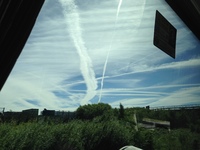
Flight Patterns
Flight patterns observed on a bus en route back to London from Oxford on a research trip in 2017. -
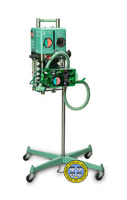
Bird Mark 7 Respirator
Dr. Bird invented a number of popular medical devices that were used to care for patients with breathing problems. During WWII he served in the Army Air Corps where, in addition to training and transport assignments, he studied aircraft and respiratory and cardiovascular problems at high altitude. Two devices that he produced during the war went into the design of his first commercial ventilator, the Mark 7 Respirator. Dr. Bird’s respirators and anesthesia ventilators have been used during many of the first human surgical procedures. Among these were the first open heart procedure and the first liver transplant. -
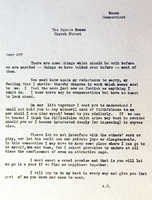
Amelia's letter
Amelia Earhart sat down on the morning of February 7th, 1931, and penned this letter to her publicist and future husband, George Putnam: "Please let us not interfere with the others’ work or play, nor let the world see our private joys or disagreements. In this connection I may have to keep some place where I can go to be myself, now and then, for I cannot guarantee to endure at all times the confinements of even an attractive cage". -
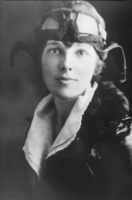
Earhart's pilot license #6017 photo
-
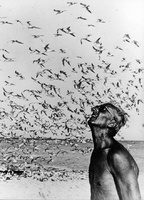
The Sea Birds of Isabella
Aired between 1968 and 1976, 'The Undersea World of Jacques Cousteau' was a documentary television series about underwater marine life. It was directed by Alan Landsburg and hosted by French filmmaker, researcher, and marine explorer Jacques Cousteau. In the 33rd episode of the series, titled 'The Sea Birds of Isabella', the crew journeys off the coast of Mexico to an island to study its tropical birds. Three years after it was shown, Cousteau's son, Phillipe (then aged 38) died trying to land his seaplane, called the Flying Calypso, on the Taos River in Portugal. -
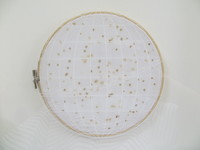
Amelia
"We are on the line 157 337. We will repeat this message. We will repeat this on 6210 kilocycles. Wait." On July 2, 1937 Model 10 Electra 1055 piloted by Amelia Earhart with navigator Fred Noonan took off from Lae Airfield, New Guinea and was never seen again. Earhart's last radio message was estimated to be within 200 miles of her destination Howland Island. Burn holes made with a magnifying glass on a handkerchief which corresponds to the positioning of the stars as observed from the place, date and time Amelia Earhart sent her last broadcast. -
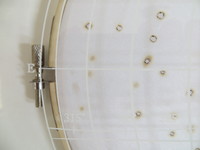
Amelia (detail)
"We are on the line 157 337. We will repeat this message. We will repeat this on 6210 kilocycles. Wait." On July 2, 1937 Model 10 Electra 1055 piloted by Amelia Earhart with navigator Fred Noonan took off from Lae Airfield, New Guinea and was never seen again. Earhart's last radio message was estimated to be within 200 miles of her destination Howland Island. Burn holes made with a magnifying glass on a handkerchief which corresponds to the positioning of the stars as observed from the place, date and time Amelia Earhart sent her last broadcast. -
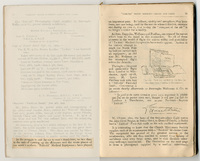
Experiments and Observations on Different Kinds of Air
"In the struggle to add the air to man's dominions, no less than in the task of opening up the unknown and the waste places of the earth's surface, 'Tabloid' medical equipment have played an important part. In balloon, airship and aeroplane, they have been, and are being, used by men whose initiative , resource and daring we owe it, that today the 'conquest of air' is no longer a vision but a reality" (BWC 1934: 12). -

Experiments and Observations on Different Kinds of Air
"In the struggle to add the air to man's dominions, no less than in the task of opening up the unknown and the waste places of the earth's surface, 'Tabloid' medical equipment have played an important part. In balloon, airship and aeroplane, they have been, and are being, used by men whose initiative , resource and daring we owe it, that today the 'conquest of air' is no longer a vision but a reality" (BWC 1934: 12). -

'Tabloid' A Brief Medical Guide (p12-13)
A guide to illnesses common to tropical regions and how to cure them using Burroughs Wellcome & Co.'s products


